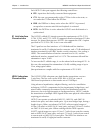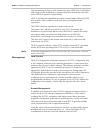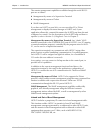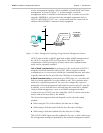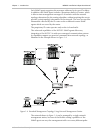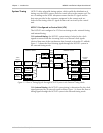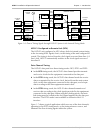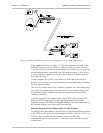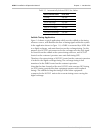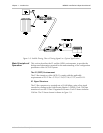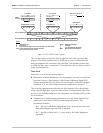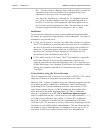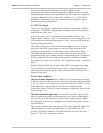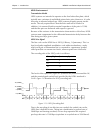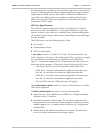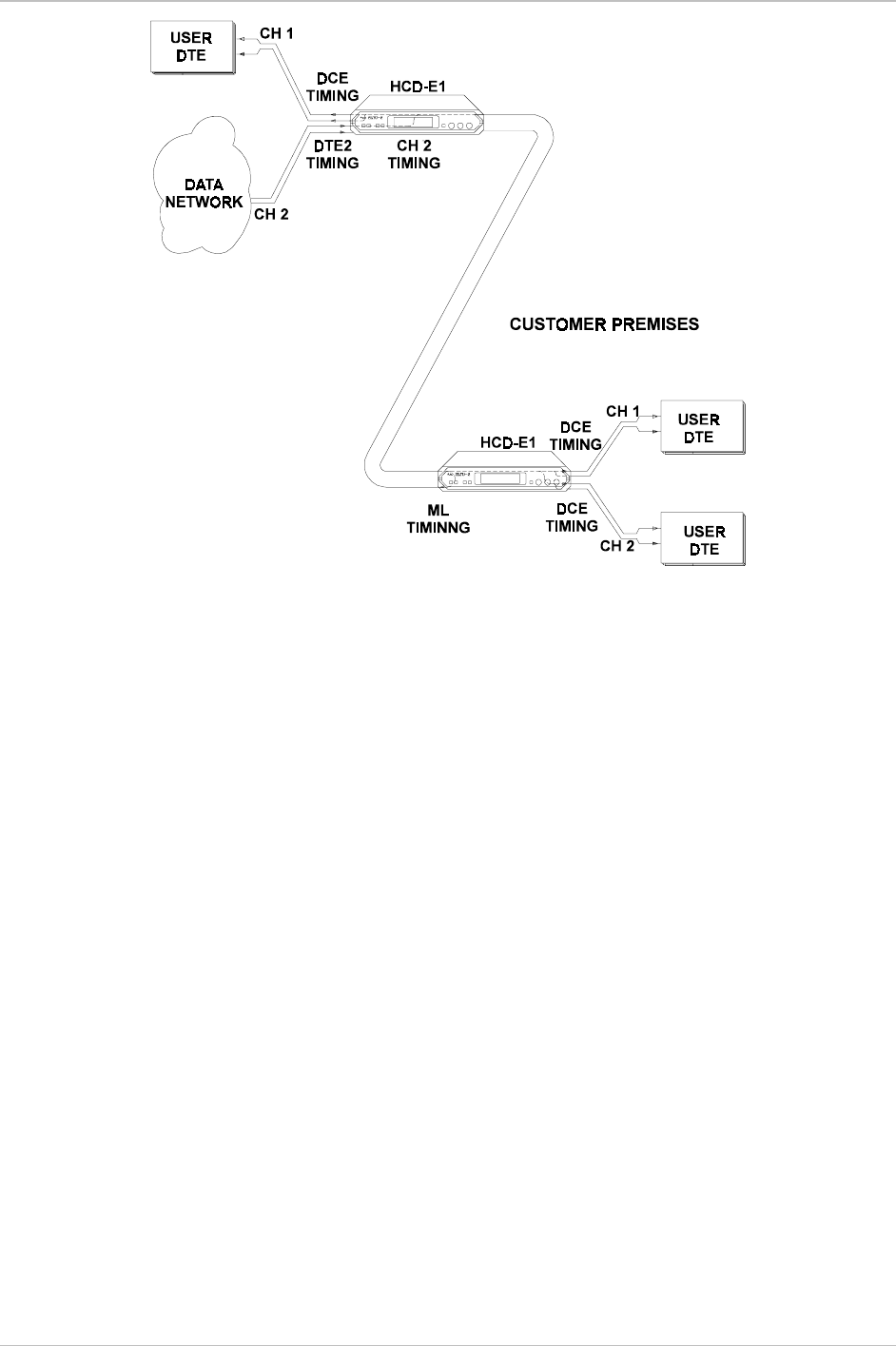
Chapter 1 - Introduction HCD-E1
Installation & Operation Manual
1-14 Functional Description 01/01/01 08:07
Figure 1-7 Data Channel Timing, Flow of Timing Signals in a Typical Application
In the application shown in Figure 1-7, the data equipment located on the
customer’s premises uses the HCD-E1 link to connect to a data network.
Since data networks include accurate timing sources and do not accept data
whose timing deviates significantly from the network timing, it is necessary
to ensure that the equipment located on the customer's premises uses the
data network timing.
For this purpose, the HCD-E1 unit connected to the data network uses
channel 2 as its timing source, and therefore its main link timing is locked to
the data network timing.
The HCD-E1 unit located on the customer’s premises uses main link timing.
As a result, its system timing is also locked to the data network timing, and
the network timing is transferred to the data equipment located on the
customer's premises.
Note that the other data channel of the two HCD-E1 units must use DCE
timing (or DTE1 timing, provided the data equipment operates with
loopback timing). This enables locking the timing of the other equipment to
the accurate timing source serving the data network.
Manual Selection of Data Channel FIFO size (DTE2 Mode)
To optimize jitter performance, the FIFO size of the data channels operating
in the DTE2 mode can be selected manually (±16 bits, ±30 bits, ±52 bits, or
±72 bits). The manually-selected value cannot be less than the
automatically-selected value. Table 1-1 lists these values for different data
channel rates.



